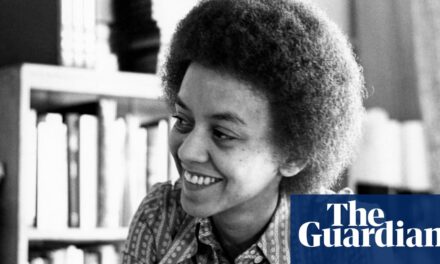
In 1999, The Vermont Advisory Committee to the U.S. Commission on Civil Rights published a scathing report on racial harassment in Vermont’s public schools, describing in shockingly stark terms the experiences of African American students and students of color.
In 2003 the committee published a progress report. In each of the reports, the authors identified racism as the core problem and teacher training as an important corrective step.
The Legislature’s initial response to these reports was to pass an anti-bullying law. Rather than address the subject of racism, the Legislature focused on diversity, later expanding it to include equity and inclusion. It created the Office of Racial Equity and hired an executive director of equity who is responsible for overseeing diversity, equity and inclusion initiatives within Vermont.
DEI is nebulous and hard to define. Its effectiveness in suppressing racial harassment in Vermont’s schools is suspect. Evidence of its ineffectiveness is revealed in summaries of the following situations:
On March 28, 2024, (“Parents’ lawsuit asserts racial bias, discrimination against district”) The Other Paper posted a report by the Vermont Human Rights Commission that said Orchard Elementary School and the South Burlington School District illegally discriminated against a biracial kindergarten student in the 2018-2019 school year. It stated the failure to address the parents’ concerns are a “reflection of racial bias and discrimination on the basis of race and color” and had “very real consequences” for a student whose mental health and well-being deteriorated over the course of the school year.
On Jan. 27, 2025, VTDigger reported that the Woodstock Union Middle and High School and Mountain Views Supervisory Union settled a complaint filed by the Vermont Human Rights Commission for $175,000, reporting it as the largest individual settlement for a school-based discrimination claim in the commission’s history. The victim was, at the time, a 13-year-old Black student. In the agreement, the school district and the Woodstock School denied wrongdoing.
The actions of the school districts in the above cases are not surprising. The 2003 Vermont Advisory Committee progress report states that “even when incidents of racial harassment are reported, it has been reported that administrators are reluctant to accept them as racial incidents and deny the existence of racial bias in public schools.”
Twenty-two years later little has changed. I believe we should address the problem of racial garassment by teaching African American history in Vermont’s schools. Why African American history? What about other immigrant groups?
African Americans are the only group who were brought to the United States against their will and lived in slavery for some 400 years. This history sets them apart from other classes of immigrants. Studying the African American experience is necessary for understanding the origins of racism in America.
Slavery denied slaves the opportunity to read. The Reconstruction period demonstrated that the Freedmen were capable of economic and political success and therefore a threat to those in power. The Jim Crow era attempted to eliminate that threat through segregation and lynchings and by promoting white supremacy. The result has been that individual and institutional racism have become part of daily life in Vermont. Power plus prejudice equals racism.
The Vermont Advisory Committee reports stressed the importance of teacher training. A bill should be introduced and passed in this Legislature requiring teachers and administrators to have completed designated studies in African American history prior to obtaining or renewing a professional license. In the interim, school districts should focus their professional education days on African American history. Some teachers may even be willing to learn on the job along with their students.
There is no quick solution to the problem of racism. Teaching African American history is the place to start. Today’s students are tomorrow’s parents. Learning begins at home.
Robert L. Walsh taught Black History at South Burlington High School and a course in Race and Culture at the University of Vermont. A retired Marine Corps officer, he served in the Vermont House of Representatives from 1983-1989.




